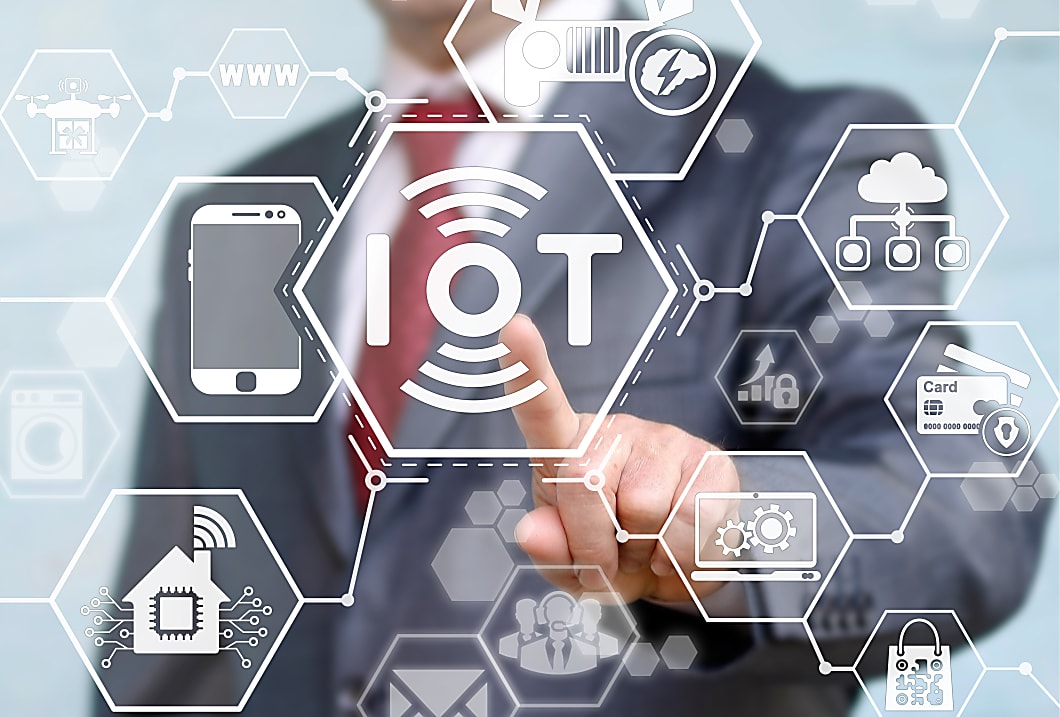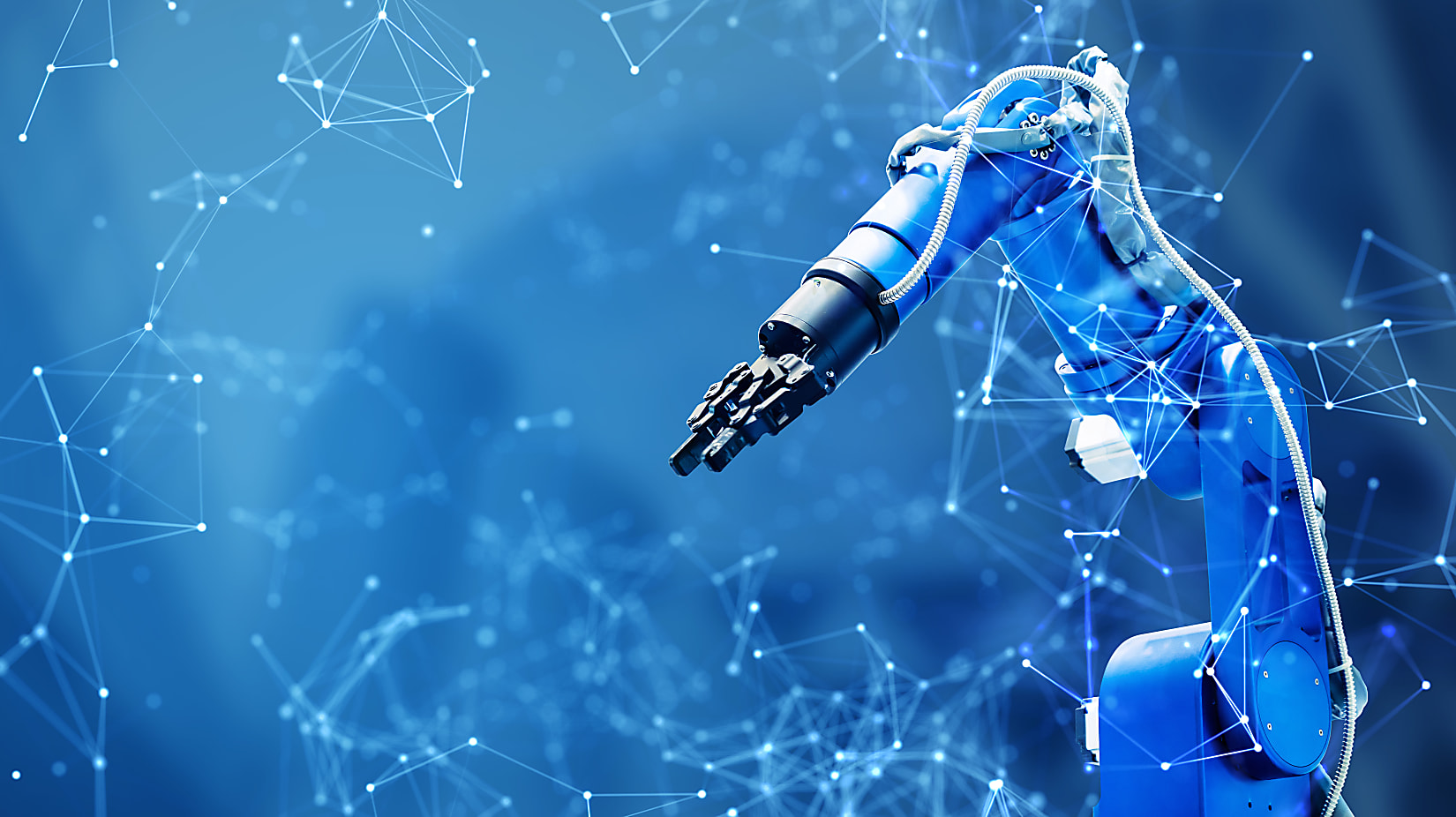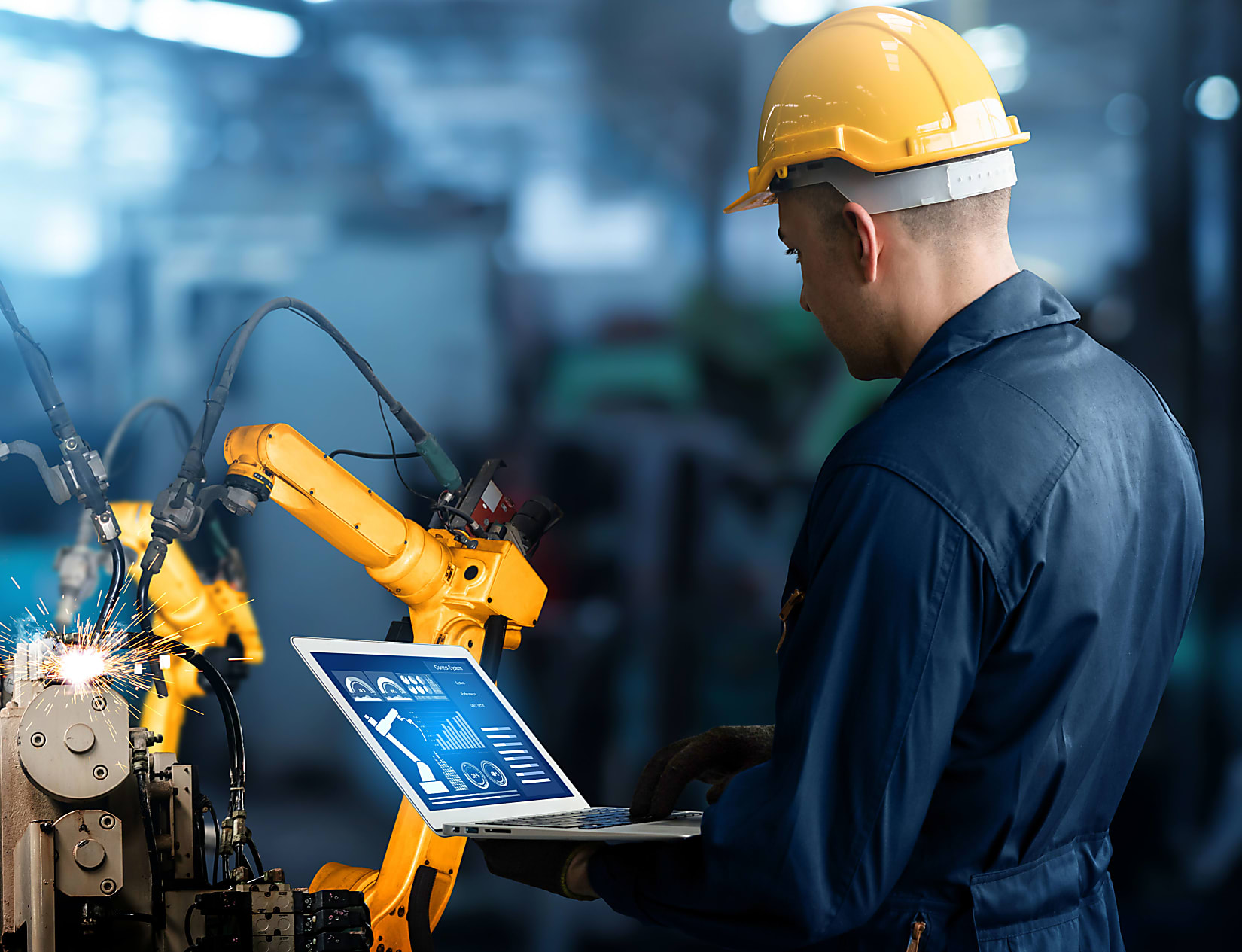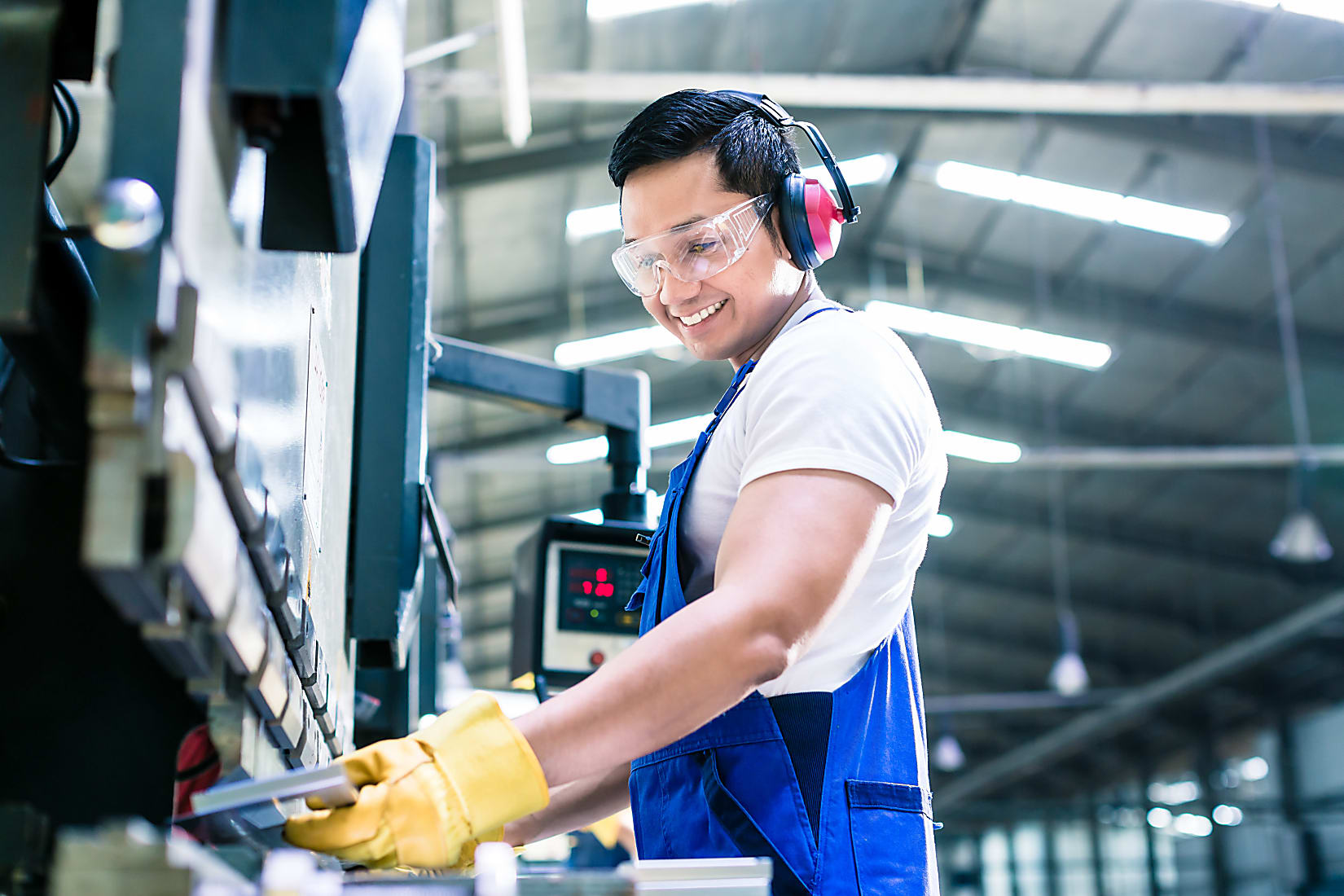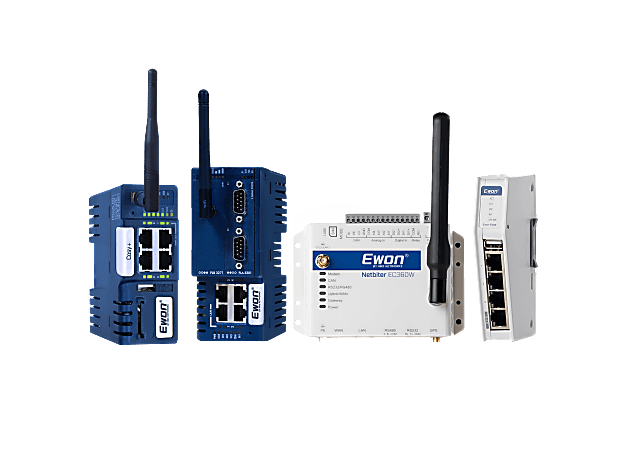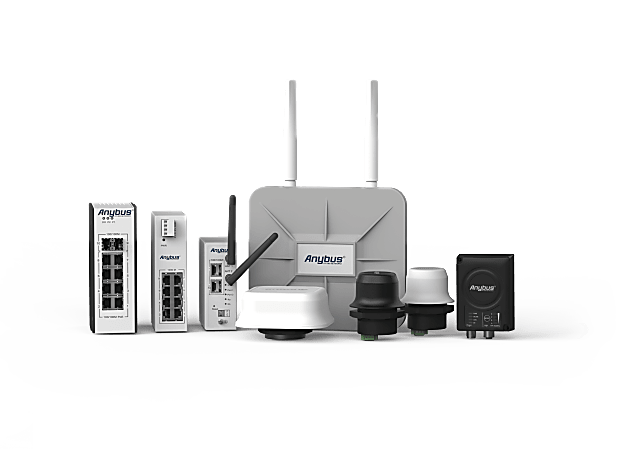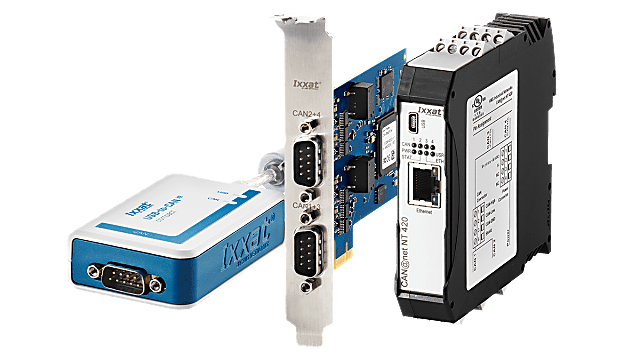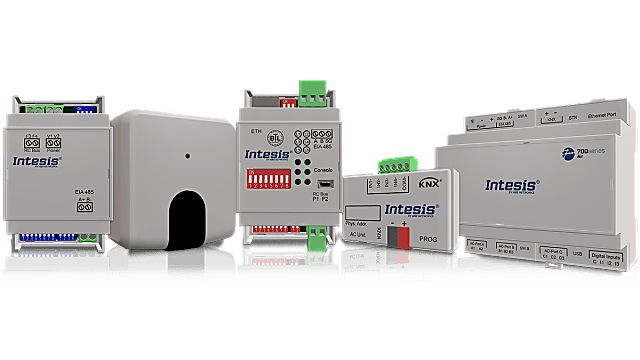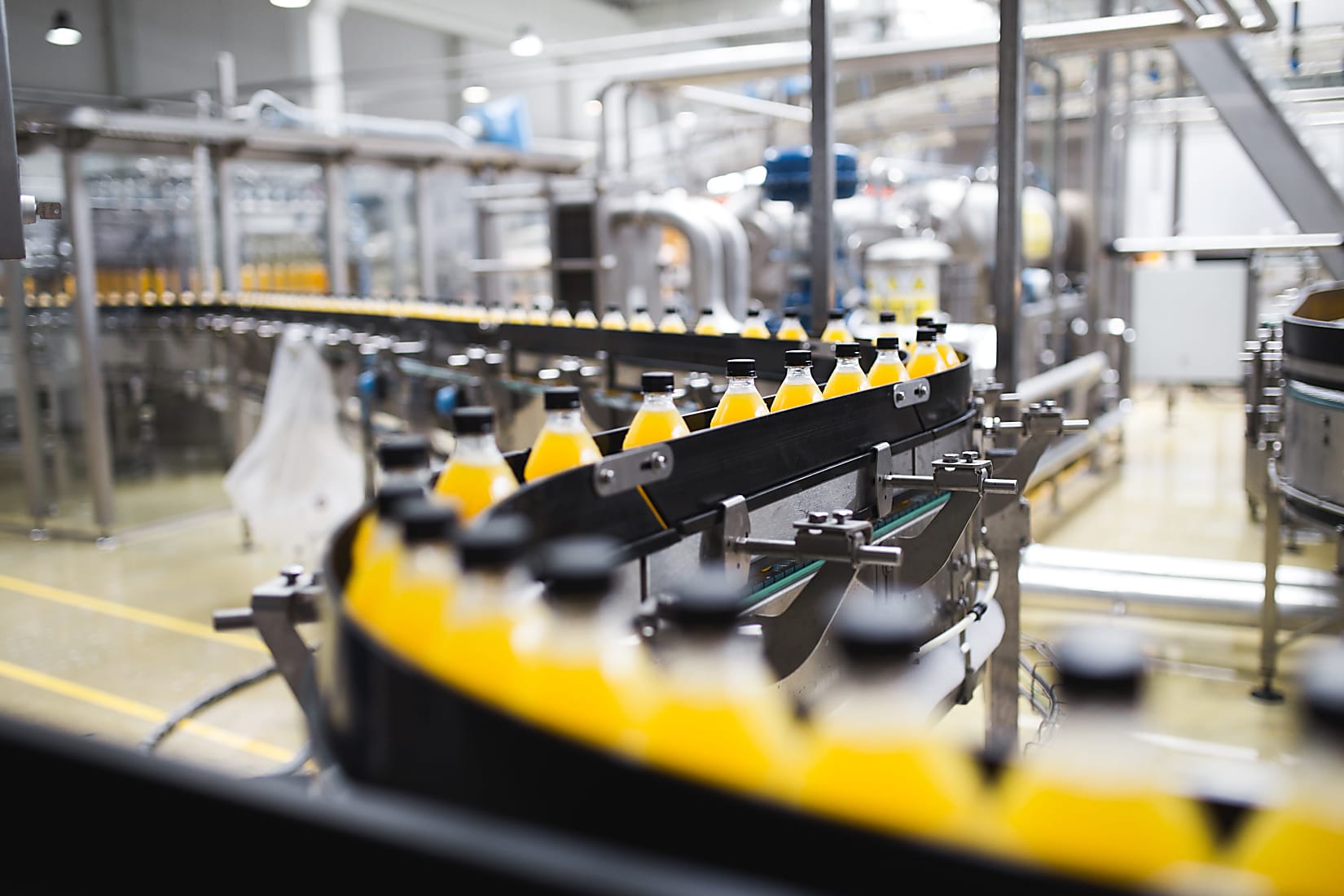Q&A
Why is there a need to connect industrial devices?
IIoT makes it possible to gather data from the connected, industrial devices and feed it into IT systems, where it can be analyzed and presented. It provides operators and decision-makers with immediate insight into the industrial processes, enabling them to ensure that factory systems are functioning as intended, are correctly adapted, and that resources are used optimally.
Furthermore, with IIoT, subcontractors are able to monitor delivered products and provide maintenance during the product life cycle, thus offering industrial companies a higher service level.
What can you do with IIoT? Which problems can it solve?
- Local Machine connectivity – Provide customers with easy integration of a machine’s data into their MES, ERP, or other business system
- Machine notifications – Get notified by email or text message for alarming and status reporting
- Live KPI monitoring – Create a single portal for monitoring the health of all deployed equipment
- Customer portal – Create a single portal where customers can securely monitor their equipment
- IoT Data Collection – Easily centralize data from all deployed equipment and integrate with a wide variety of third-party applications for data analysis, visualization, and more.
Is IIoT secure?
Traditionally, Operational Technology (OT) was an “air-gapped” environment, meaning that it was not connected to external networks or other IT infrastructure. With the growth of the Industrial Internet of Thing (IIoT) or “Industry 4.0” the gap has been closed, and OT networks are widely connected to IT systems and to the cloud. As IT and OT converge, general factory floor automation and many industrial applications need to be prepared for both today´s and tomorrow’s cybersecurity threats. It is important to choose connectivity products with solid security standards, penetration tests and active security policies.

